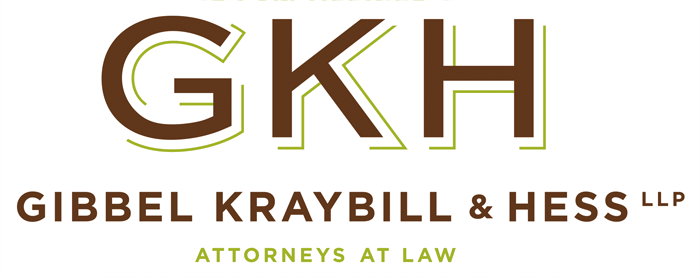SELLER’S DISCLOSURES: MORE THAN JUST A FORM
The Fieldings just bought a stately home in a quiet suburb. The home includes a sunroom addition which allows natural light to cascade through tall glass window panels. The Fieldings couldn’t be happier, until two months after closing, Mr. Fielding suddenly thought the shrubs surrounding the sunroom had grown taller. In fact, the shrubs had not experienced a growth spurt, but the sunroom floor had sagged and was a few inches lower than its height that existed at closing. The Fieldings called their contractor who used a camera scope to look under the floor and around the exterior. The contractor confirmed that the floor was sinking, that it had not been properly ventilated, leading to rotten joists, and that an inferior quality of wood may have been used. “Check to see if your seller had pulled permits.” advised the contractor. The Fieldings checked with their local building inspector and learned that no one had applied for permits for the construction of the addition. Mr. Fielding sifted through the documents he obtained leading up to the purchase of the home and pulled out a Seller’s Property Disclosure Statement. That form had been completed by the seller prior to their purchase, and on page three the seller had written, “Addition added in 2017. Permits were obtained.”
Prior to closing, the seller, Hugh Joe Mission, hurriedly completed a ten-page Seller’s Property Disclosure Statement. Hugh noticed that the Seller’s Property Disclosure Statement required him to provide information about the roof, termites, additions, the septic system, and the basement. Hugh let everyone know that he was eager to close as he needed sales proceeds for another project. He rushed through the Seller’s Property Disclosure Statement, even though he wasn’t sure of his answers and had not taken the time to consider prior alterations to the home.
After learning that it would cost no less than ten thousand dollars to repair their addition, the Fieldings contacted an attorney. Their attorney concluded that the Fieldings’ seller had made a misrepresentation on his disclosures. After some investigation, the Fieldings learned that Hugh Joe Mission was an electrical contractor (with no carpentry experience) who had built the addition himself with the help of a few of his subcontractors. Hugh had never applied for permits with the local building inspector. Had he done so, the township’s inspector would have visited the property twice: first to check the footers and foundation and again to check the completed addition. About two years after constructing the addition, Hugh noticed that the flooring felt somewhat “soft” in the corners of the room; Hugh did not mention this on his disclosure statement. The Fieldings’ attorney prepared a demand letter, requesting that Hugh pay the Fieldings the $10,000 needed to restore the floor. After receiving the demand, Hugh decided to meet with three different law firms for advice, but each lawyer he saw said the same thing: “How do you feel about settlement, Hugh?”
Pennsylvania’s Real Estate Seller Disclosure law requires sellers of residential properties to disclose to buyers any material defects with the property known to the seller by completing all applicable items in a property disclosure statement. Although the seller is not obligated by law to specifically investigate or “look for” a problem, they must disclose what they know. For a seller, the best approach is to slow down, gather the information needed, and make accurate disclosures. If a seller does not know the answer to a particular question, it is perfectly fine to state “unknown”. In completing the disclosure statement, the seller must not make any representations that the seller knows or has reason to know are false, deceptive, or misleading and shall not fail to disclose a known material defect. Since Hugh constructed the addition, his representation “permits obtained” would likely be deemed an intentional misrepresentation, or at least one Hugh should have reason to know is false. Hugh should also have explained, in his disclosure statement, what he noticed about the corners of the room. Any person who willfully or negligently violates or fails to perform the duties prescribed by the Disclosure Law is liable in the amount of actual damages suffered by the buyer as a result of the violation. Buyers have up to two years from the date of closing to bring a claim under the Real Estate Seller Disclosure law, so sellers beware, when it comes to completing disclosure statements, take your time and complete the disclosures honestly and accurately.
(Angelo Fiorentino focuses his legal practice in three key areas: estates and trusts, real estate, and corporate matters. He has represented both property owners and tenants in residential and commercial real estate matters, including property sales, lease negotiation, real estate tax exemption, seller’s disclosures, and housing issues. Angelo’s landlord-tenant clients have included commercial lessee-franchisees, individuals, and federally subsidized housing projects.)
